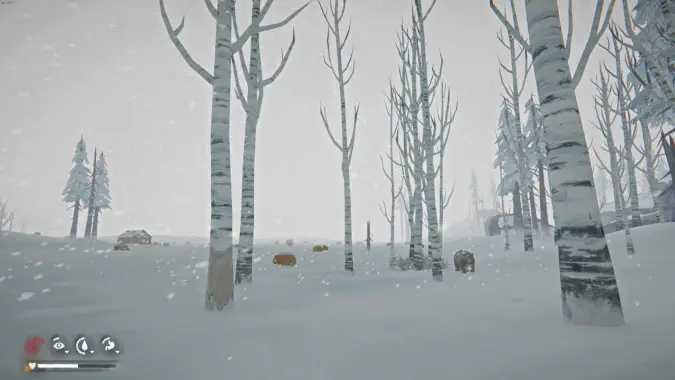What should the price for failure be (in video games)?

Before you think I’m about to abduct a few dozen puppies to make myself a coat or something, failure is a natural part of playing video games. Back when it was Super Mario Bros, you had hearts and lives. Each one represented different degrees of failure. Losing one heart, eh, you ate that one fireball or didn’t count on how the turtle shell would ricochet. A lost life was a confluence of several failures — or just one, if you happened to be jumping over a pit — and you only had so many of those before you’d lose completely. Back then, every gaming session you’d start from zero.
In modern gaming, we have everything from hardcore modes to checkpoint-based saving, to multiple saves, to persistent games with respawns — sometimes with loss of XP or gold or materials — all the way down to cozies where failure isn’t really a thing. And where there are fail states and multiple save games, there’s also save scumming — engaging in risky cliffside experimentation, or just doing things like taking out your frustration on a civilian in the center of Fallout 4‘s Diamond City, then just picking the game back up from your last save, with absolutely zero consequence. In World of Warcraft, you lose your buffs and a little durability off your gear, which is one of the more forgiving fail states, especially if you have a friend nearby with a res.
However, each game fail state isn’t for everyone. A lot of people are put off by my favorite game, The Long Dark, because outside of its story mode, it is one life, one death, game over try again. This isn’t unique — it’s what Roguelikes are made of — but it’s one of the longer games to use this as a feature. If you hypothetically get a little too froggy, go outside when it’s a little too cold, encounter a bear, you may need to start over from scratch. But they recently implemented a change where you’re allowed to “cheat death,” continuing your save after you die a small handful of times, but with dire permanent debuffs — purists can still opt to just plain die, though. Similarly, many people were put off by the inability to save scum after a risky decision or bad sequence in events of Pacific Drive, which shaped a good amount of the post-launch discussion about the game.
Many other games — particularly survival sandboxes with a focus on customization — allow you to adjust your failure. In 7 Days to Die, you’re allowed to decide whether you want all your held items to evaporate into a void when you die, or just some of them, or you can corpse run to reclaim them, or you can opt to just keep everything and have dying at all be its own penalty.
Then, there are games like Hearthstone. While there might be a small series of poor decisions or failure to capitalize which can snowball, starting from the Hero Select screen, in the end your fail state is binary. Win. Lose. The overall outcome, like Super Mario Bros, is generally identical: play again.
So, what is your ideal price for failure — or does it vary by game or genre? Have you ever quit a game because of how its failure system worked? Lastly, because we’re all friends here, what was the most heartbreaking game failure you’ve ever had?
Please consider supporting our Patreon!
Join the Discussion
Blizzard Watch is a safe space for all readers. By leaving comments on this site you agree to follow our commenting and community guidelines.
 @liopleurodonic
@liopleurodonic



